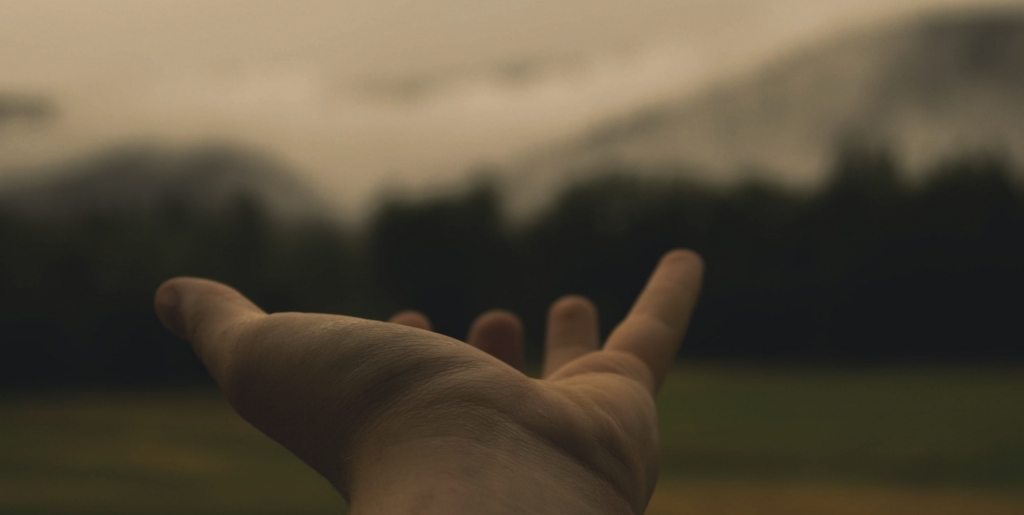Miscellaneous & Personal Care
@page { margin: 0.79in } p { margin-bottom: 0.1in; direction: ltr; color: #000000; line-height: 115%; orphans: 2; widows: 2 } p.western { font-family: "Calibri", sans-serif; font-size: 11pt; so-language: en-US } p.cjk { font-family: "Calibri", sans-serif; font-size: 11pt } p.ctl { font-family: "Times New Roman", serif; font-size: 11pt; so-language: ar-SA }
Human beings are a fickle bunch. We come in all shapes and sizes and maintaining our physical appearance to the best of our ability is important to nearly all of us. The miscellaneous and personal care sector includes a range of products that include but are not limited to body wash, lip balm, makeup, lip gloss, hair clippers, facial treatments, wet wipes, razors, it’s a long list that keeps growing by the day.
Because this list is extensive it is only natural to assume that the companies providing said care products is also extensive. Everyone from Dyson to Kimberly-Clark, L’Oreal, Procter & Gamble, Revlon, Purell, we could go on for days. But prior to continuing with the present, it is always helpful to understand where we came from. Roughly 6,000 years ago the first archaeological evidence of cosmetics emerged in Egypt. Makeup at this time was employed to honor goddesses and gods and Egyptians used moringa oils, castor and sesame to both preserve their youth and fight nasty wrinkles. Egyptian women especially would incorporate milk and honey masks into their routine, moisturizing their skin in milk baths and working in dead sea salts to heal their skin and exfoliate.
Ancient Greeks also had a variety of personal care products, items like eye shadows, cosmetic powders, mixing fresh berries with milk and then taking the mixture and applying it to the face. By the time the 12th century rolled around personal care products were widely used in medieval Europe. Animal fats came into play and women called on herbal remedies to diminish pimples and promote fair skin. New ingredients such as cucumbers, rosemary and aloe vera were used as were flowers, seeds and leaves. The Renaissance period and Baroque era took personal care to new heights, giving rise to the actual fabrication of products in use today such as Chapstick, Vaseline and baby powder. Estee Lauder launched their cosmetics line in 1946 in New York City and Clinique followed soon thereafter.
It is estimated that of last year the size of the personal care market was $42 billion and is expected to reach $76 billion by 2025. This is spectacular growth, driven largely by emerging middle-class consumers in countries like China. For the person care market to continue growing however the availability of disposable income is key. Women especially drive consumer behavior when it comes to makeup, and high-priced items are critical for this segment’s continued evolution. Marketing costs cut into profits, as does the availability of counterfeit products. This last point is a real problem for personal care product manufacturers as it is easy to falsify brands these days, mainly due to lax regulation.
Regardless of your interest, it is likely you already have 5 to 10 different personal care brands sitting on your bathroom shelf as you read this. Take heed of what you buy and what you really need however. It is easy to blow cash in this segment, and frankly speaking, it’s not all that necessary at the end of the day. Your beauty comes from the inside, at least that’s what they say in books!


Comments:
Login to leave a reply